Sofi Oksanen: Why monuments are symbolic. On little islands of Soviet persons
The communist Soviet Union collapsed 29 years ago, but there are still symbolic places in the territories of the former empire that nourish the beliefs of a Soviet individual. Sofi Oksanen, an internationally renowned Finnish author and essayist writes that democratic development freezes in areas where Soviet symbols and leanings are dominant, because the glorification of totalitarianism does not go together with democratic ideals.
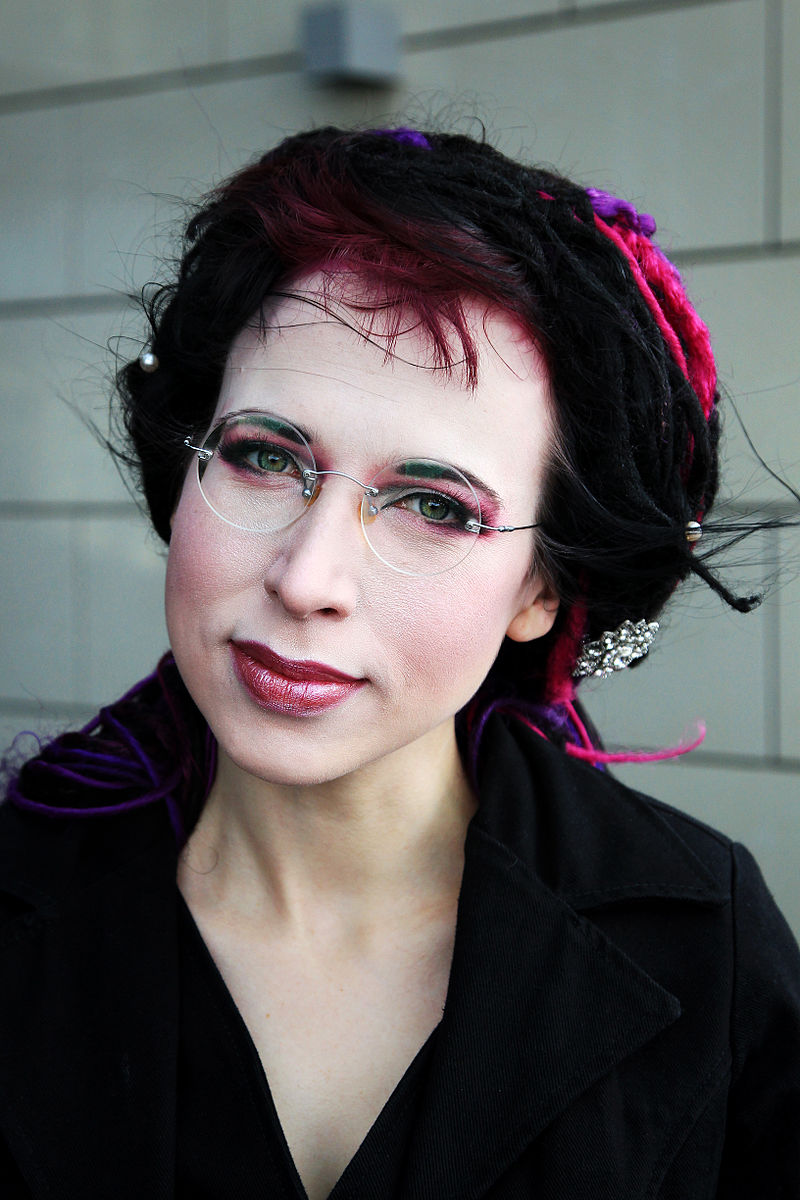
Ten years ago, I watched as bridal couples in Kiev pose in front of Soviet tanks in the Great Patriotic War memorial complex. Crowds thronged in the enormous memorial park opened by Leonid Brezhnev in 1981, honouring the most important narrative of the Soviet Empire and commemorating the fallen while at the same time snapping pictures of their children for their family album. I felt as if I had been transported back to the Soviet Union in a time capsule.
The atmosphere was the same. The flowers that were brought there were the same. In the complex’s weaponry exhibit, administrative personnel sat at empty tables with Soviet-era landline telephones, just as eager to serve as their counterparts from decades earlier. The paper and typeface of the tickets were from the Soviet era.
Their smell took me back to a time that was in the past for me, yet remained the present for those working on the premises and for the people who were taking pictures there. This was a present where the memory of future generations was built, the kind of memory where the Soviet Union was great and powerful, and its history was a source of pride.
The nostalgising of the Soviet Union that is raising its head in Russia had already generated discussion elsewhere at the time of my visit. This was something different. Although the Soviet Empire had long since collapsed, its motherland – along with Soviet persons as such – was still living on in parts of Ukraine, and Eastern Ukraine, where war is raging nowadays, was also one of the satellites of that motherland.
When I visited that same park last spring, the atmosphere was different. The tanks had been painted in Ukraine’s national colours. There were no bridal couples to be seen, nor were there babushkas holding the hands of their grandchildren. The museum had become a real museum. It was no longer a little island where the Soviet Union lived on. The chain of generations was no longer strengthened there, new memories were not created, even selfies for social media were not snapped.
One of the achievements of the Revolution of Dignity, which had begun with the Euromaidan protests, was the law that went into effect in 2015 banning communist symbols. The name of the open-air museum also changed as a consequence of the amendment in legislation; “The Great Patriotic War” was no longer an acceptable name for the Second World War for the reason that it supported the communist narrative.
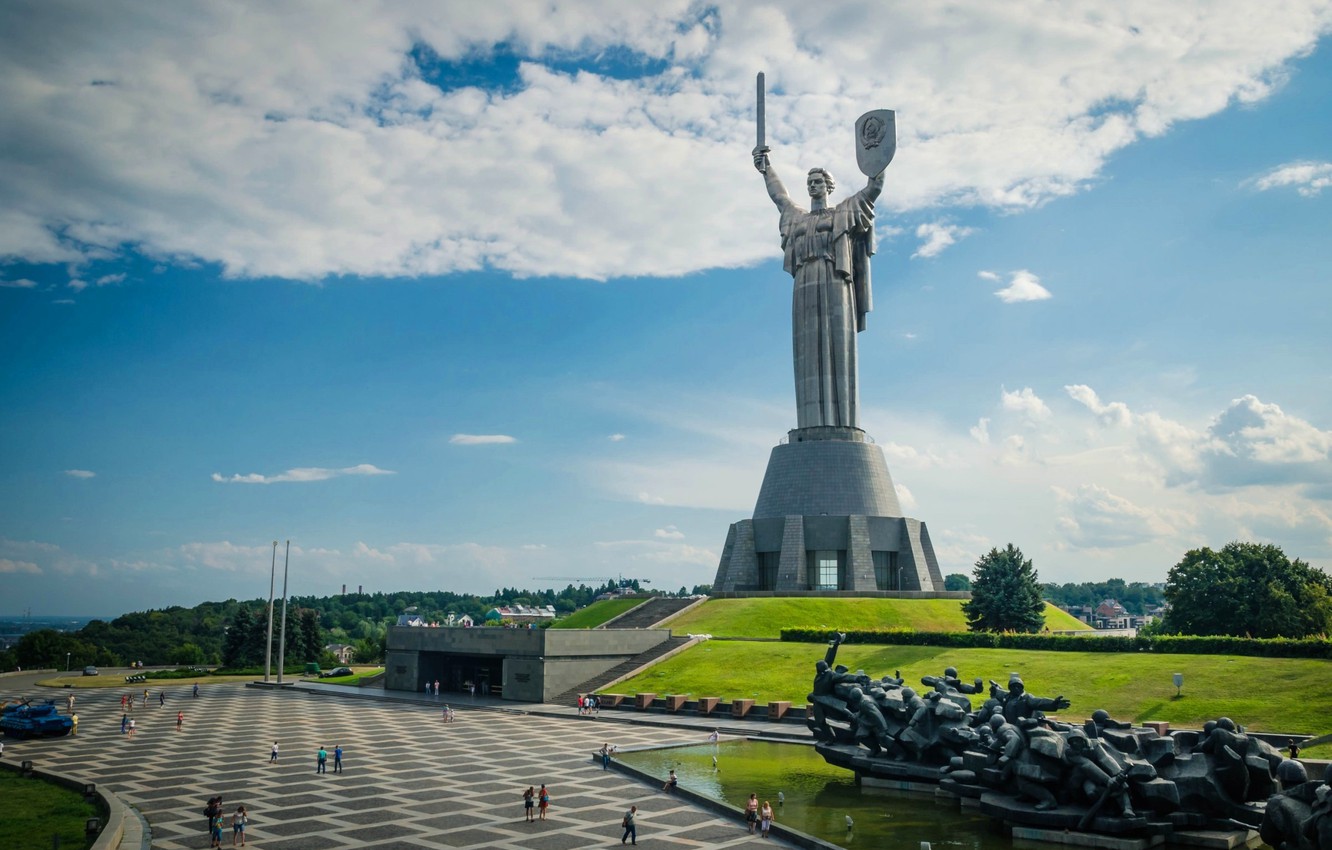
This historical narrative is still to this day a factor that unites generations in Russia – perhaps the only such factor. And so Russia tries to keep its own version of it alive in Eastern Europe as well, wishing to tie Russian-speaking people living outside of the nation’s borders to it with that narrative, while at the same time segregating them from the population of their country of residence.
This narrative denies all genocides that the Soviet Union participated in in territories that it considered to be its colonies, the Holodomor as well as the deportations carried out in the Baltic states. My own relatives became victims of them as well.
The fight for a people’s right to write its own history is familiar to me from Estonia and other post-Soviet countries. I have observed the treatment of the Second World War since the time I realised that the loud airplanes circling about my Estonian grandmother’s home were Soviet fighter planes on training flights. They fell silent in the 1990s when Estonia regained its independence and the decolonisation process began. Estonia was finally given the chance to write its own history, in its own words. What had previously been spoken of by way of euphemisms became part of an open and recognised narrative.
Developments have proceeded differently in Ukraine. Unlike Estonia, the restoration of Ukraine’s independence was not connected to revolution. Moderate communists retained power, supporting Ukraine’s independence since they feared that they would otherwise lose their positions and have to answer for their actions.
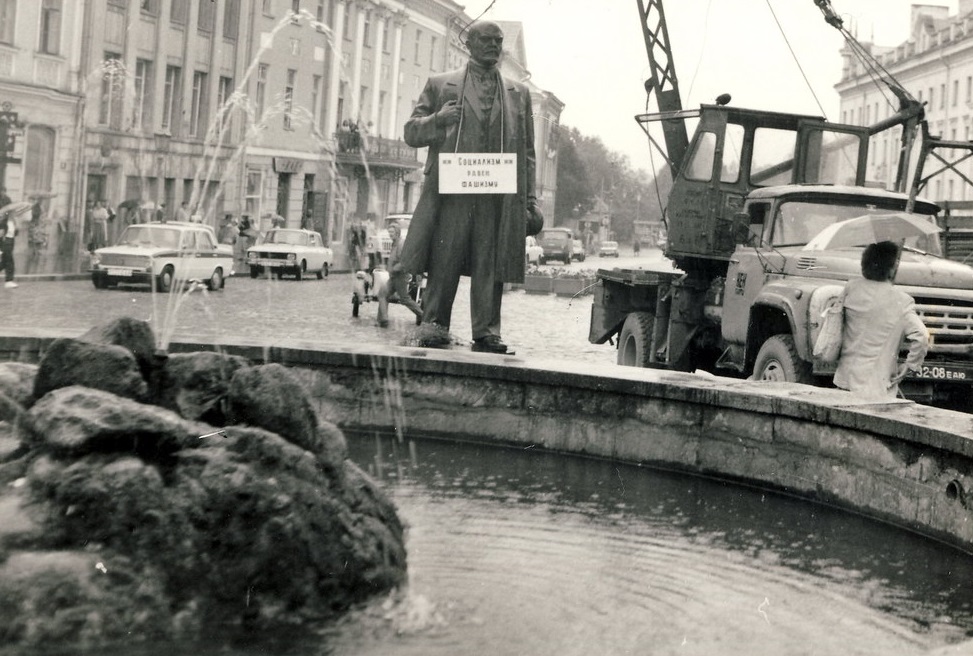
At the same time, they assured themselves of the preferential right to amass Ukraine’s wealth for their supporters in addition to themselves and their kin. There was no real wish to renounce the past. That is why those same monuments that fell decades ago in Estonia fell only recently in Ukraine. That is why streets named after Karl Marx and Lenin were given new names in Ukraine only after the revolution. Citizens were fed up with the corruption that had continued for a long time and they wanted their country to integrate with the West.
I have come into contact with Soviet people after the Revolution of Dignity as well. Once I took a picture in the Dnipropetrovsk subway when a rancorous pensioner came over, vociferously spraying saliva, to explain that I had committed an illegal act. I naturally remembered the Soviet Union’s legislation on strategic objects, according to which taking photographs in the public transportation system was prohibited. Yet it had not occurred to me that it was still in effect in Dnipropetrovsk. Nobody was certain anymore regarding the actual validity of that legislation, but this encounter clearly demonstrated that it was still reality for some people.
Dnipropetrovsk was named after the Soviet politician Grigory Petrovsky in 1926. Ukraine’s secession from the Soviet Union did not affect Petrovsky’s status in the city and his statue stood as before in front of the railway station, even though he is considered to have been one of the perpetrators who carried out the Holodomor and collectivisation.
The Holodomor was a politically motivated famine that was deliberately induced in 1932–1933. Its objective was to destroy the national identity of Ukrainians and the resistance of the farmers who had resisted collectivisation. Hunger was a weapon by which Stalin not only debilitated human bodies. It was a weapon by which Ukrainian culture and its language also started being debilitated.
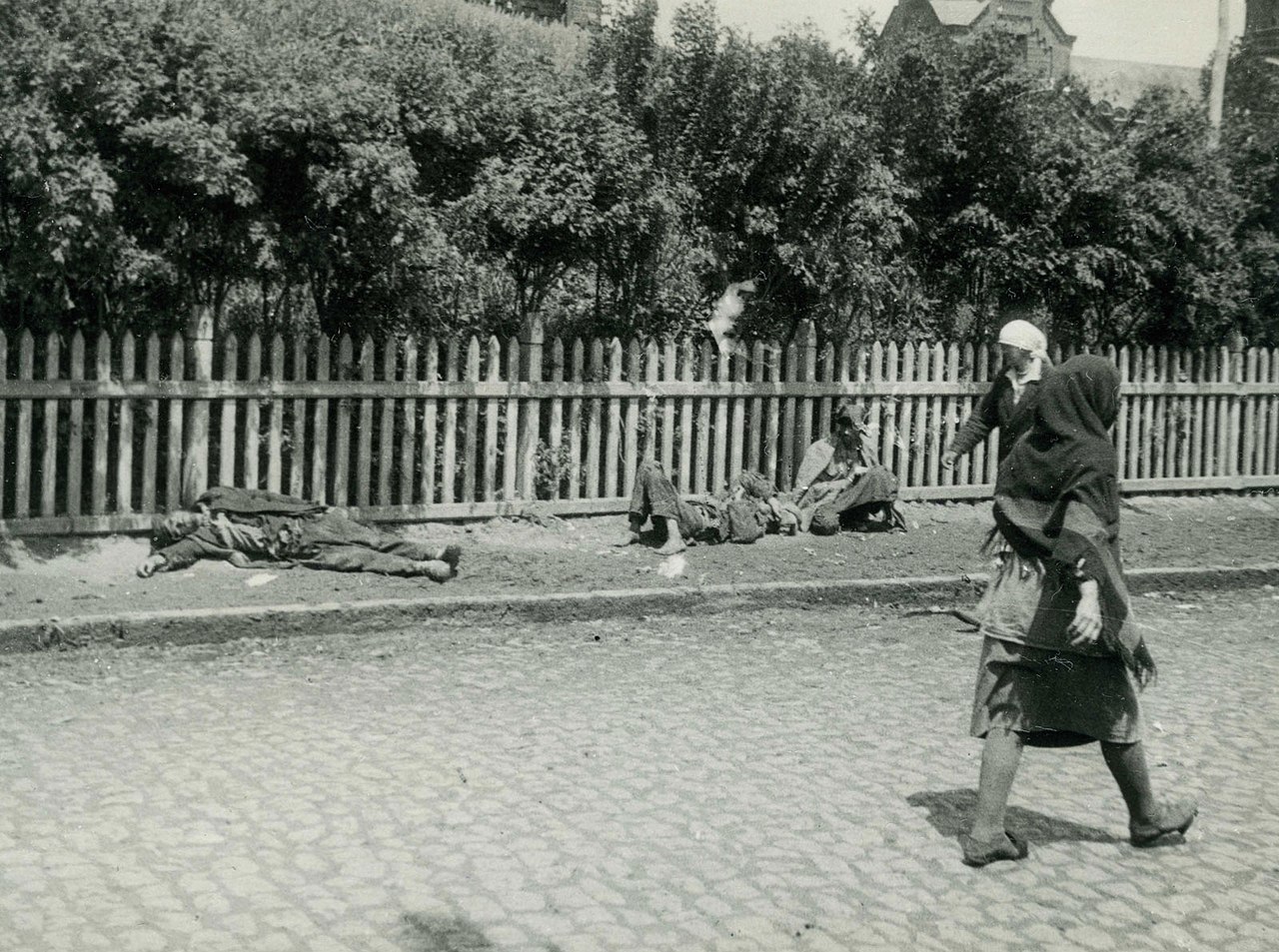
The action plan was the same as in the case of deportation: breaking the backbone of national identity and suppression of resistance. All of this contributed to the Sovietisation of Ukraine, which continued after the Holodomor, and was implemented by discriminating against the Ukrainian language, banning the teaching of Ukrainian history and the history of the famine, squeezing national identity nearly to death, and forcibly creating the identity of the Soviet person in its place.
Stalin’s power rested on the policy of transplanting the population: those who put up resistance to colonial rule were deported to Siberian camps or liquidated, for instance by starvation. Manpower was brought from elsewhere to depopulated areas. While the Nazis wanted to create a new, biologically pure human by liquidating races that they considered to be inferior, the Soviet Union aspired towards the same objective by mixing the population and destroying an entire social class, in the process also destroying a great deal of ‘material’ that was considered anti-Soviet. Thus, homo sovieticus was created.
Repressive policies destroyed the Ukrainian national movement, which only started recovering after the collapse of the Soviet Union. The investigation of the Holodomor and the remembrance of its victims, however, was further complicated and made difficult for a long time because of Russia’s considerable influence on Ukrainian politics. The positions of the nation’s presidents have for instance changed according to what their relations with Russia were like. It was only after the revolution that the study of Ukrainian history became easier and the commemoration of the Holodomor was affirmed at state level. Petrovsky’s monument was taken down after the revolution in 2016, when the name of Dnipropetrovsk became Dnipro. The city had chosen its side.
The idealisation of totalitarianism has not disappeared in Eastern Ukraine. The Donbass industrial region is intimately connected to both the Soviet person and the current tumult of war. Ukraine was not merely the Soviet Union’s granary. It was also the empire’s industrial base because the Donetsk coal basin – located in the Donbass region and currently in the hands of the separatists – was the Soviet Union’s largest coal deposit.
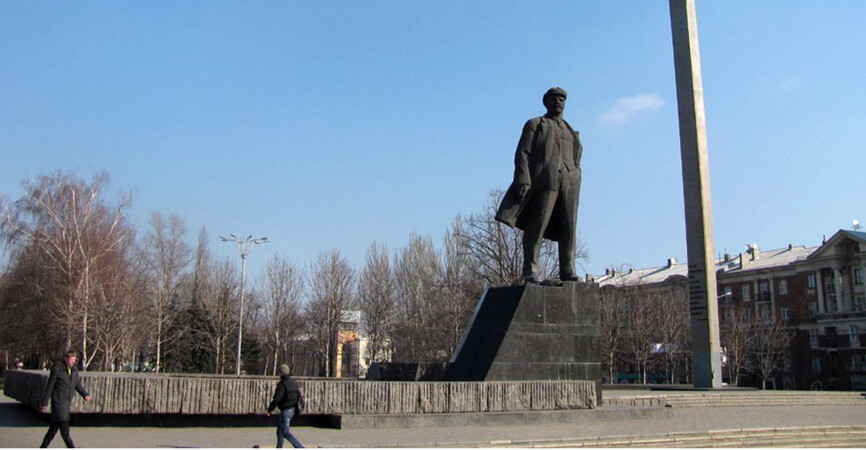
Collectivisation, famine and Russification turned the Donbass into a smelting furnace, where the national identities of workers had to be diluted and where it was better to blend in with the proletariat, and to speak Russian instead of Ukrainian, although the population of this region, which was previously sparsely settled, had consisted for the most part of ethnic Ukrainians. The urbanisation of the Donbass was the fastest in the entire empire. Visual propaganda turned the city into the Soviet Union’s progressive heart, beating from the power of coal, the core of Stakhanovism.
The identity of the Donbass rests on industry. It did not have a hidden national identity in the Soviet era that could then burst into bloom thanks to the new Ukraine. For this reason, this region was favourable when Russia decided to stop Ukraine’s integration with the West and started inculcating its concept of the ‘Russian world’. In Russia’s opinion, this also affected Eastern Ukraine, where the attitude towards the Soviet past is more positive than in Western Ukraine.
Local people feel proud of the industry that they helped to build with their own hands. The Soviet Union created an identity for them that sketched out a bright future. Giving that up was painful because they did not get anything in return for it. Hence clinging to the past is more alluring.
Dnipropetrovsk ended up becoming the stage for my latest novel, The Dog Park, by virtue of its name. It seemed to me that a city carrying the name of Petrovski would be a good match for my novel as it deals with the long-term consequences of Stalin’s transplantation politics, the consequences of which still affect today’s world. I had been looking for a suitable setting for a novel about these issues for quite a while at that point; the rehabilitation of Stalin had already drawn headlines for some time and was a hot topic that needed more public discussion.
Modern Russia’s wish to rehabilitate Stalin had manifested itself in the treatment of his statues, symbols of Stalin’s ideas and politics. Such statues cement the admiration of the people they portray and legitimate their deeds, implying that their actions were right. Yet from the standpoint of those who suffered and their descendants, the situation is intolerable.
If such admiration is nourished on the small island that is the Soviet person, the democratic development of these regions will remain frozen for the simple reason that the glorification of totalitarianism, and monuments to men like Petrovsky, cannot fit in to the same space as the ideals of democracy. Both cannot breathe the same air. One or the other has to retreat.
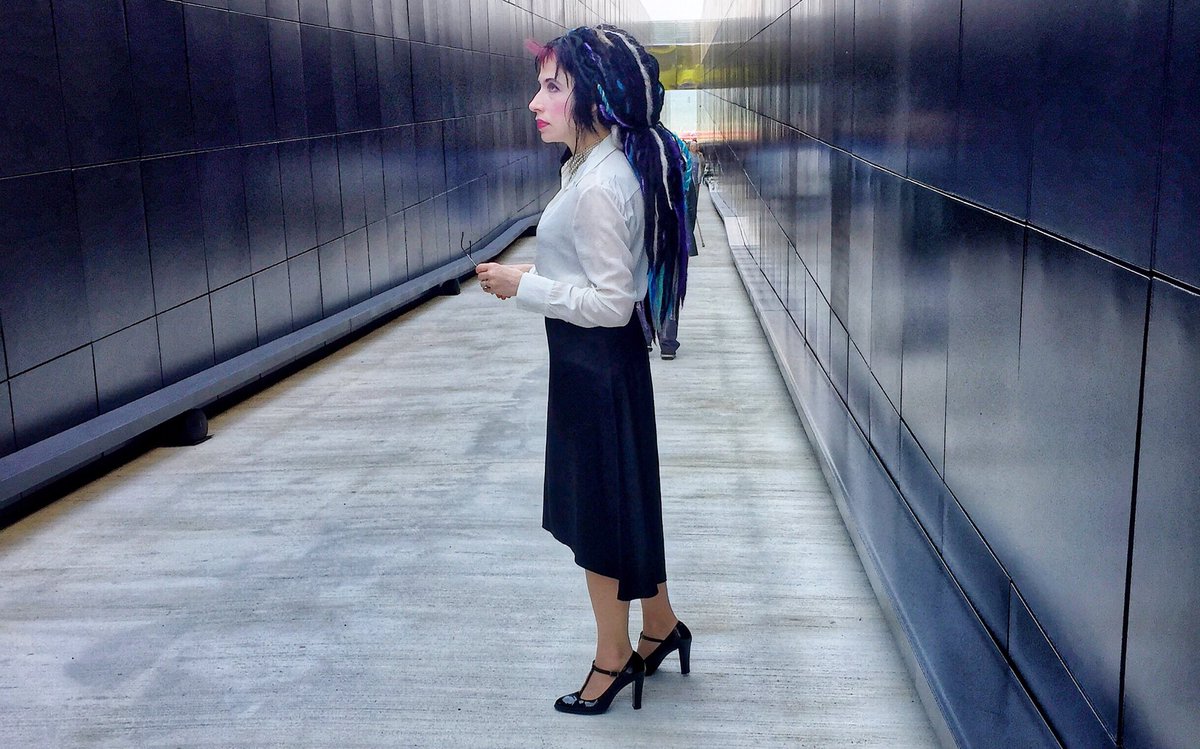
Copyright © Sofi Oksanen 2020
Published by agreement with Salomonsson Agency
Article was published also on the English-language online portal of Estonian Public Broadcasting.